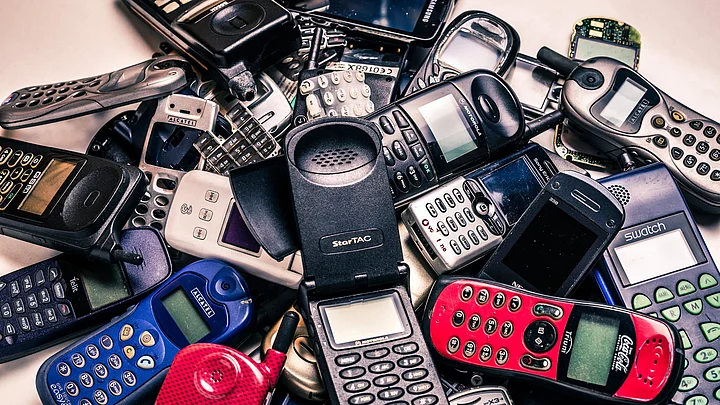India, the fifth-largest producer of e-waste, is likely to generate 52 lakh metric tonnes (MT) of electronic waste by 2020, up from the current level of 18 lakh MT, with Mumbai being the largest contributor to the problem.
The Study
India has emerged as the second-largest mobile market with 1.03 billion subscribers, but also the fifth-largest producer of e-waste in the world. Telecom equipment accounts for around 12% of the total waste, and computer equipment accounts for 70%.
India’s e-waste is growing at 30% per annum, an ASSOCHAM-cKinetics study said.
The global volume of e-waste generated is expected to reach 130 MT in 2018 from 93.5 MT in 2016 at a compound annual growth rate of 17.6% from 2016 to 2018, the study said.
The study revealed that the principal contribution to to e-waste production was by the government, and the private and public sectors of the country, accounting for 75% of the e-waste produced. Households contributed 16%, with the rest being produced by manufacturers.
What Is E-Waste?
E-waste typically includes discarded computer monitors, motherboards, cathode ray tubes (CRT), printed circuit boards (PCB), mobile phones and chargers, compact discs, headphones, white goods such as liquid crystal displays/plasma televisions, air conditioners, refrigerators, and so on.
The Consequences
Domestic e-waste including computer, TV, mobiles and refrigerators contain over 1,000 toxic materials, which contaminate soil and ground water, leading to acidification of the soil.
In a previous study by ASSOCHAM, it had found that the country depends on the unorganised sector for the majority of its e-waste recycling. Over 95% of India’s e-waste is processed in slums by untrained workers, without protective equipment. Exposure can cause headache, irritability, nausea, vomiting and eyes pain.
The untrained recyclers may suffer from liver, kidney and neurological disorders.
The ASSOCHAM-cKinetics study noted that about two-thirds of e-waste workers in India are suffering from respiratory ailments like breathing difficulties, irritation, coughing, and choking.
This is a large, unexplored flip-side to India’s booming e-sector, and if not controlled, India may have the environment to reckon with.
(With inputs from PTI)
(At The Quint, we question everything. Play an active role in shaping our journalism by becoming a member today.)
